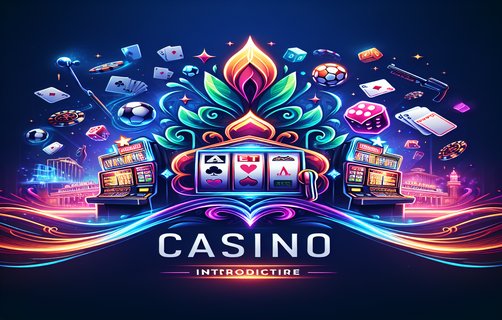Designing a Winning Experience: An In-Depth Analysis of Gamification in Online Gambling

In the ever-evolving landscape of online gambling, the intersection of creativity and strategy is where the magic occurs. Designers and developers are tasked with crafting experiences that not only entertain but also engage players on multiple levels. From the immersive storytelling of slots like "Hall of Gods" to the nuanced strategies behind poker and spread betting, an effective strategy requires a blend of design thinking, player psychology, and market trends.
Hall of Gods: This slot game from NetEnt showcases the potential of thematic engagement in game design. Players are not just spinning reels; they’re participating in a mythological narrative that draws them deeper into the game's lore with every spin. The design focuses on creating an atmosphere through graphics, sounds, and animations that resonate with players. Designers must ask: how can we keep players coming back to this narrative? Incorporating elements like progressive jackpots and bonus rounds that feel rewarding can enhance this immersive experience, inviting players to explore the world built around them.
iSoftBet: As a provider of engaging casino games, iSoftBet places a great emphasis on innovative gameplay mechanics. Their approach highlights the importance of adaptability in game design. Understanding player preferences and incorporating features like gamification – levels, achievements, and rewards – can significantly elevate a player's experience. Through analysis and user feedback, iSoftBet continuously iterates its designs to ensure that they align with evolving player expectations. This agility in design thinking is crucial in a market where player loyalty is hard-won.
Friends and Family Bonuses: One of the unique aspects of modern online casinos is the concept of referral bonuses. Friends and family bonuses encourage players to invite others to join platforms, creating a sense of community. From a design perspective, this tactic utilizes social mechanisms to enhance user engagement. Designers must consider how to integrate these features seamlessly into the user experience, ensuring that they are not intrusive but instead celebrate the player’s social circles. Designing referral systems that are visually appealing and easy to navigate can lead to increased acquisitions while enhancing overall player satisfaction.
Spread Betting Strategy: Spread betting adds a layer of excitement to traditional betting formats by allowing punters to bet on the outcome of events rather than simply backing a specific contender. Designers must think critically about how to educate players about these strategies. Providing interactive tools that help users understand risk management and potential payouts encourages responsible gambling while fostering a deeper appreciation for the game. The user interface (UI) and experience (UX) design should facilitate intuitive learning, empowering players to engage confidently with betting strategies.

Game Selection: The breadth of game choice in an online casino is pivotal in retaining players. Offering a diverse selection, while ensuring quality in each title, is a design challenge that requires constant analysis. Designers need to create a cohesive platform that not only houses various games but also presents them in a way that users can engage with easily. This involves categorizing games by genre, popular titles, or new releases while ensuring a smooth navigation experience that minimizes the friction of discovering new games.
Casino Unionization: The rising call for unionization within the casino industry emphasizes the importance of creating a positive work culture. Designers need to consider not only the player experience but also the work environment of casino staff when designing systems. User-centric design must extend beyond players to include all stakeholders. By encouraging feedback from employees and integrating their insights into the design process, casinos can foster a fairer, more equitable work environment that ultimately contributes to higher service levels for players.
Understanding Poker Range: In poker, a player’s range is fundamental to strategy and outcomes. Designers can enhance the electronic poker experience by developing tools that help players understand range calculations. Features like interactive guides and analytics provide actionable insights, which can lead to improved player decisions and outcomes. This not only enriches the gameplay but also builds a loyal community around a shared learning experience.
In conclusion, the fusion of creative design and strategic thinking positions online gambling companies to thrive. By prioritizing user experience, community engagement, and continuous innovation, they can build platforms that cater to the diverse needs of players. The future of online gambling rests in the hands of designers who can think holistically, shaping experiences that resonate emotionally and intellectually with their audience.
